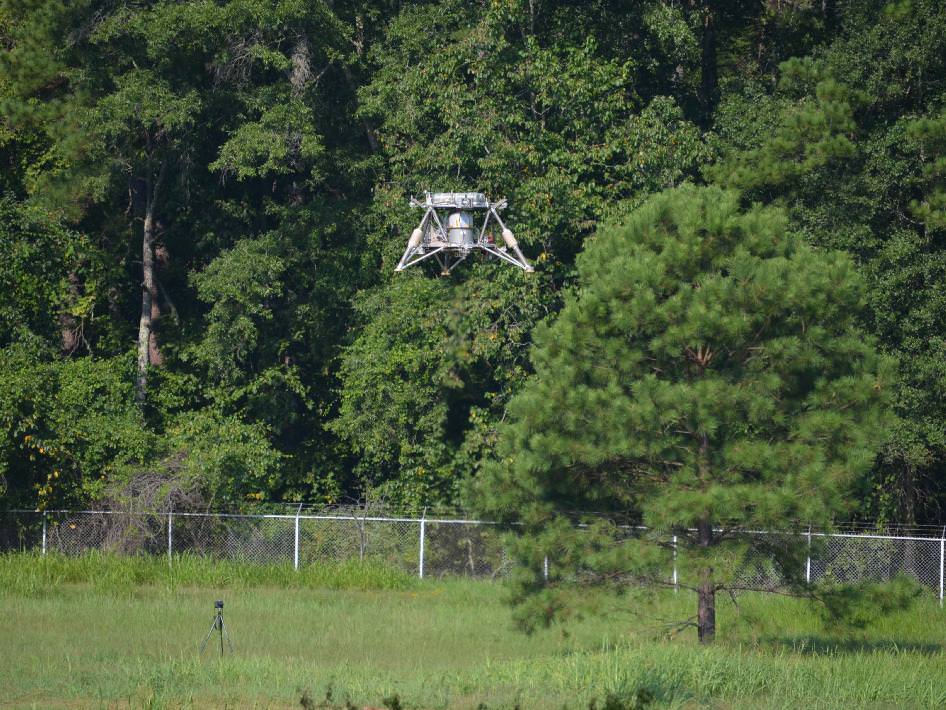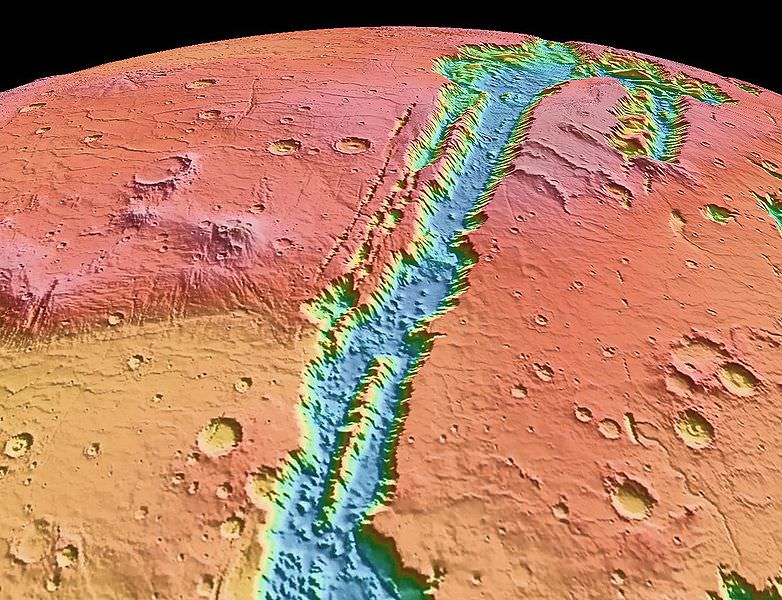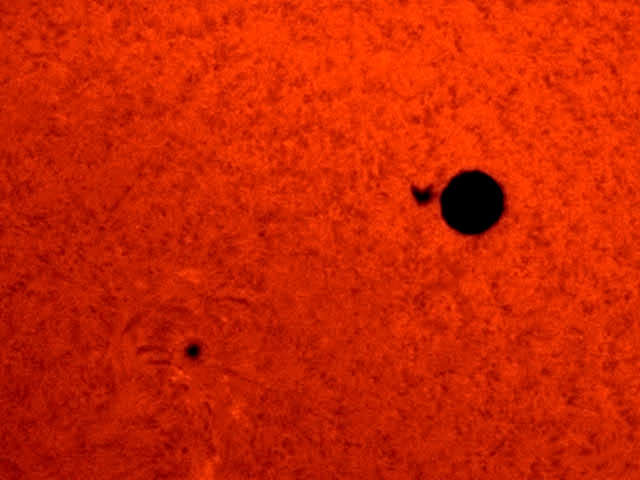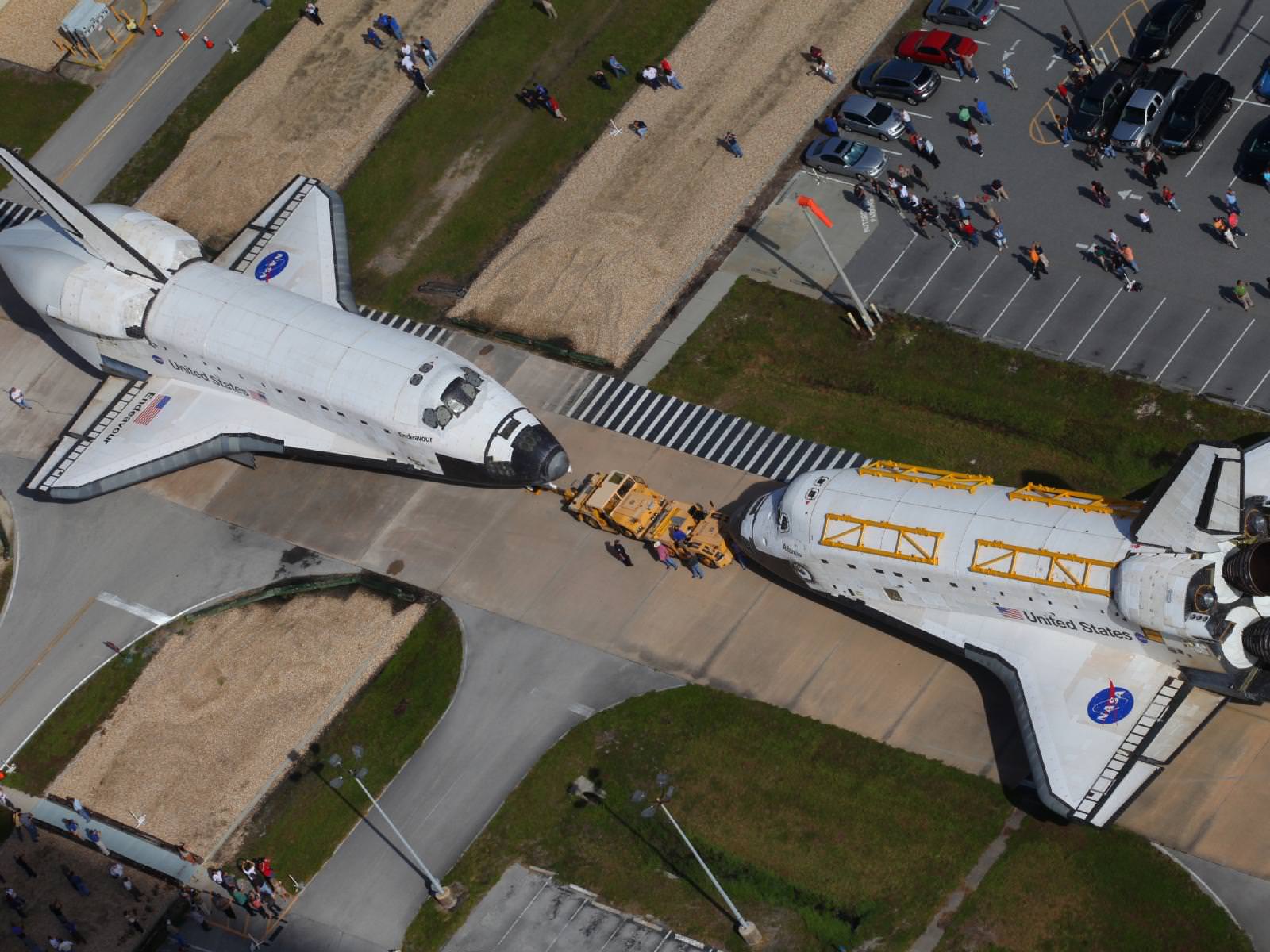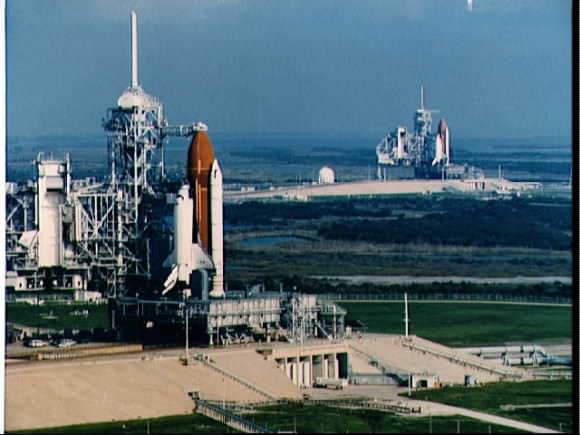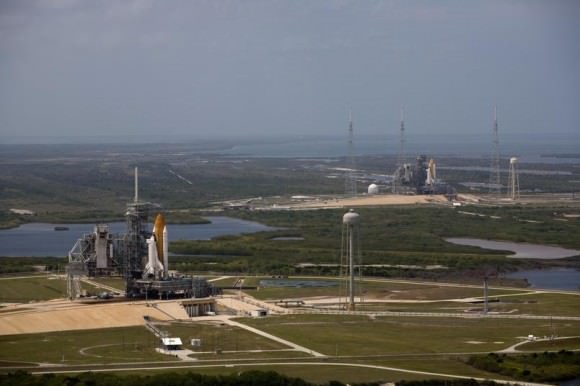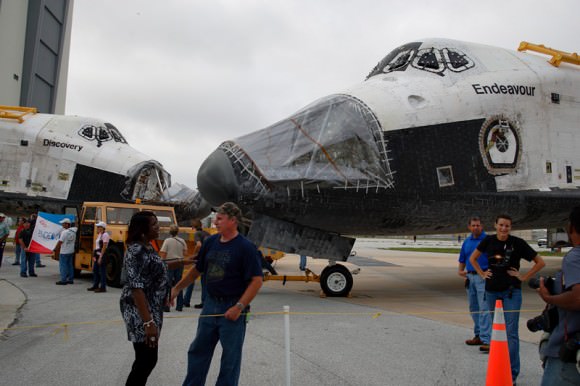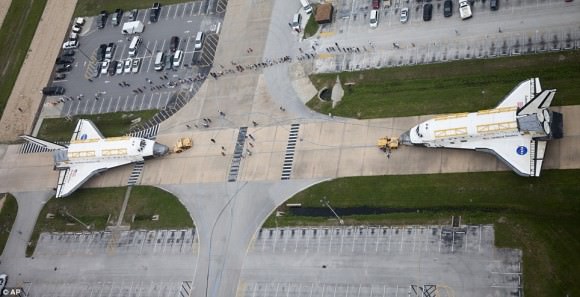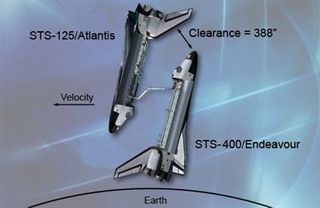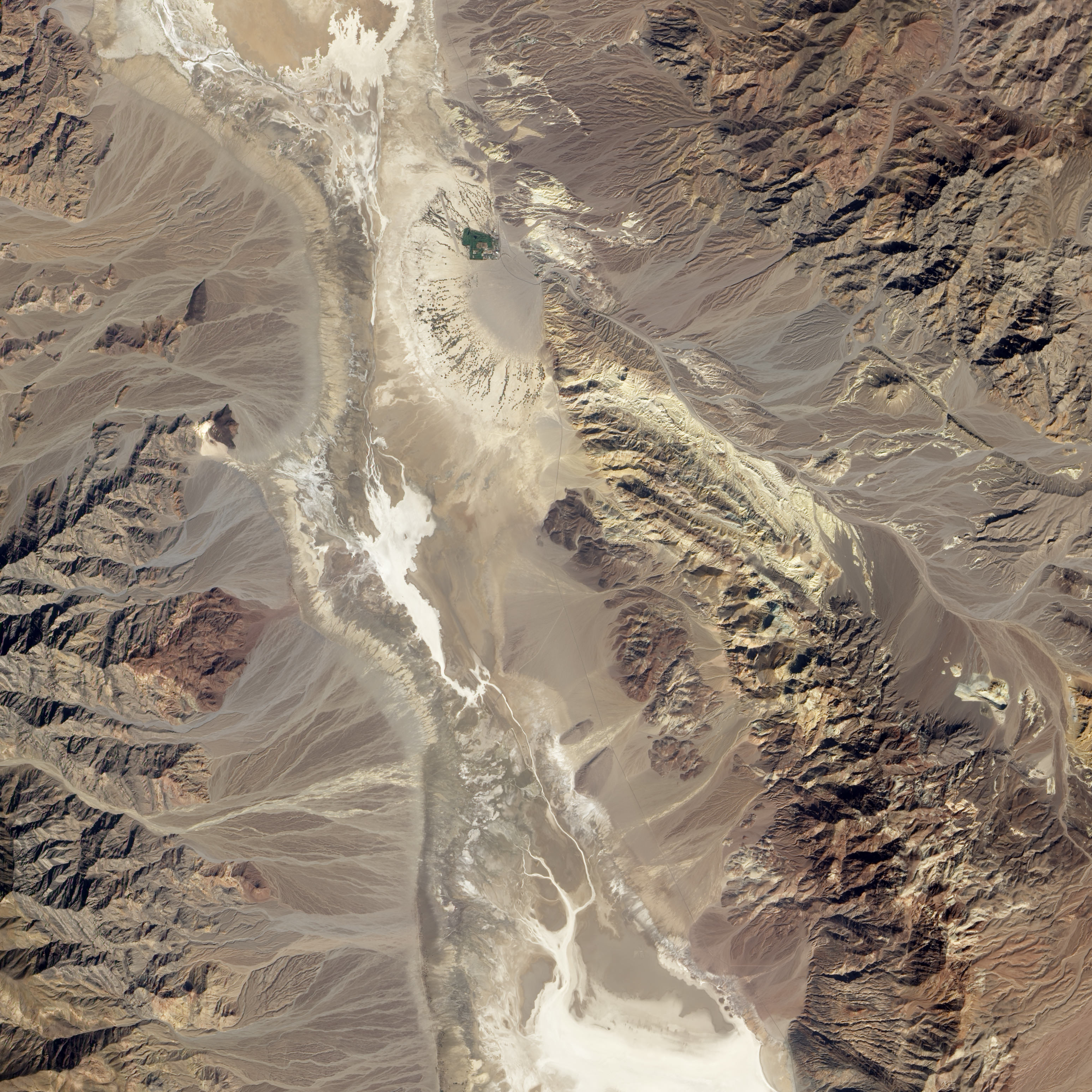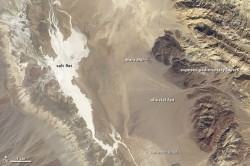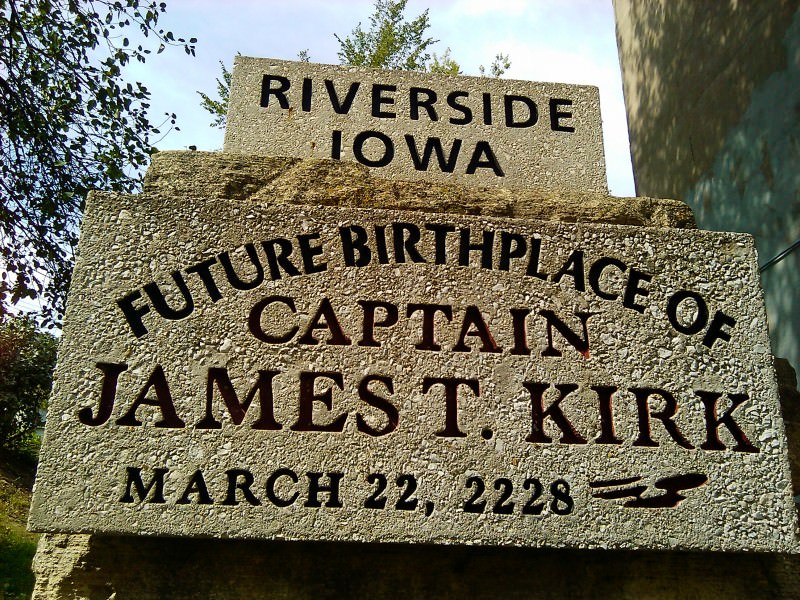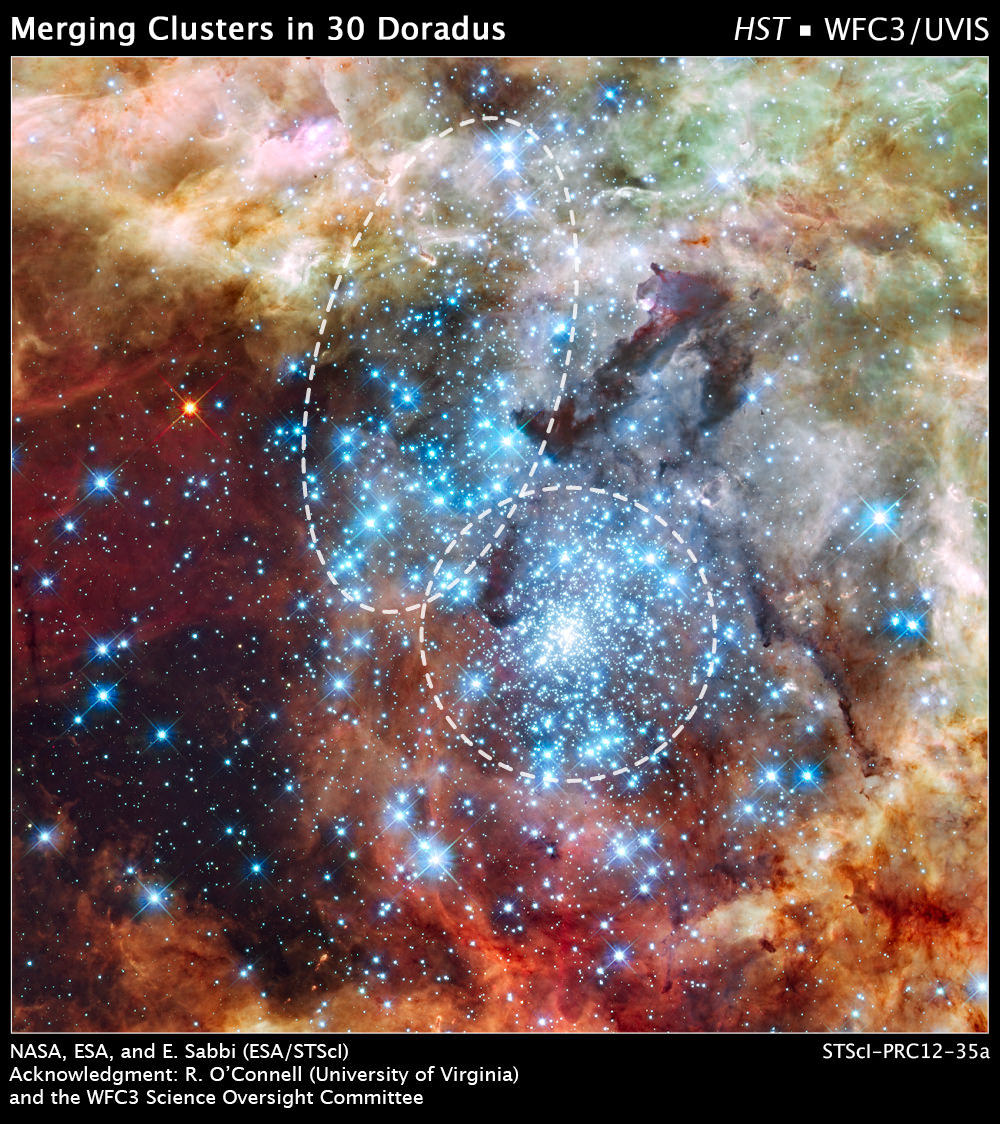No, it’s not a UFO — it’s NASA’s “Mighty Eagle”, a robotic prototype lander that successfully and autonomously found its target during a 32-second free flight test at Marshall Space Flight Center yesterday, August 16.
You have to admit though, Mighty Eagle does bear a resemblance to classic B-movie sci-fi spacecraft (if, at only 4 feet tall, markedly less threatening to the general populace.)
Fueled by 90% pure hydrogen peroxide, Mighty Eagle is a low-cost “green” spacecraft designed to operate autonomously during future space exploration missions. It uses its onboard camera and computer to determine the safest route to a pre-determined landing spot.
During the August 16 test flight, Mighty Eagle ascended to 30 feet, identified a target painted on the ground 21 feet away, flew to that position and landed safely — all without being controlled directly.
“This is huge. We met our primary objective of this test series — getting the vehicle to seek and find its target autonomously with high precision,” said Mike Hannan, controls engineer at Marshall Space Flight Center. “We’re not directing the vehicle from the control room. Our software is driving the vehicle to think for itself now. From here, we’ll test the robustness of the software to fly higher and descend faster, expecting the lander to continue to seek and find the target.”
In the wake of a dramatically unsuccessful free flight test of the Morpheus craft on August 9, another green lander designed by Johnson Space Center, the recent achievements by the Mighty Eagle team are encouraging.
Here’s a video from a previous test flight on August 8:
Future tests planned through September will have the lander ascend up to 100 feet before landing. Read more here.
The Mighty Eagle prototype lander was developed by the Marshall Center and Johns Hopkins University Applied Physics Laboratory in Laurel, Md., for NASA’s Planetary Sciences Division, Headquarters Science Mission Directorate Image/video: NASA/Marshall Space Flight Center

